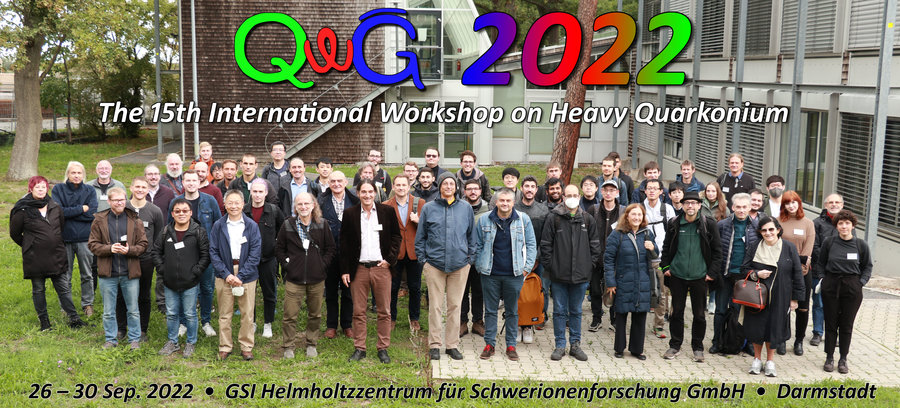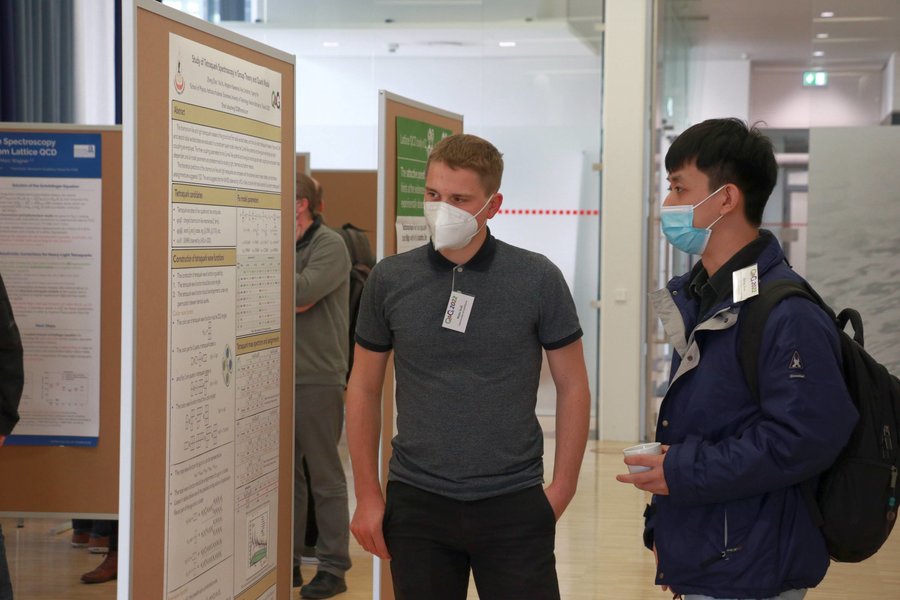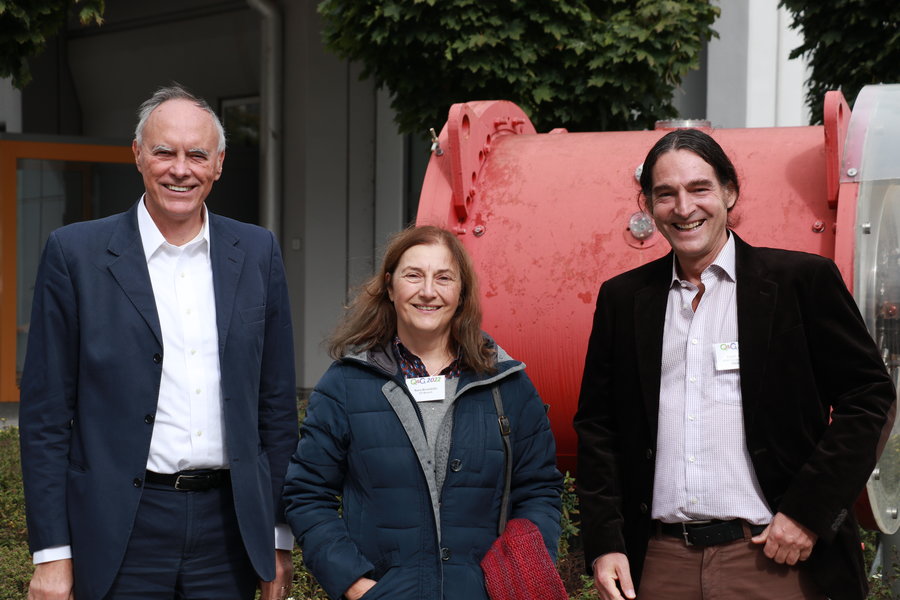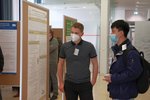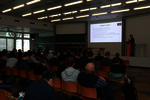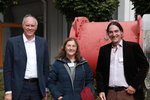Quarkonium Working Group convenes at GSI/FAIR
13.10.2022 |
Recently, more than 150 leading scientists from research centers and universities all over the world convened at GSI/FAIR in a meeting of the international Quarkonium Working Group (QWG) for five days of intense discussion on the latest experimental results, theoretical developments, and new prospects for heavy-quarkonium physics.
Heavy quarkonium is a non-relativistic system made by a heavy quark and a heavy antiquark that has been at the root of the development of the strongly interacting quantum physics called quantum chromo dynamics. It has a pattern of separated energy scales qualifying it as special probe of complex environments and consequently it plays an important role at the frontier of our knowledge from particle to nuclear physics and cosmology. It is, however, difficult to be addressed in theory, thus the field is continuously crafting cutting-edge advanced tools and techniques.
In the last decades, this field has seen a plethora of surprising discoveries that have greatly expanded our perception of the variety of states that exist in nature. Tetraquarks, pentaquarks, hadro-molecules, and doubly-heavy baryons are the newest members of the particle zoo, and the study of these states will lead us to a deeper understanding of the strong interactions.
Members of all the collider experiments were present, from the Large Hadron Collider at CERN to the Beauty Factory in Japan and the Tau-Charm factory in China, and provided an innovative and unconventional interface of new ideas, new data, new theories and prospects for new experiments.
The QWG chose to convene at GSI/FAIR in strong appreciation, support and expectation for the upcoming FAIR facility. The future PANDA experiment (antiProton ANnihilation at Darmstadt) at FAIR will offer a broad physics program, covering different aspects of the strong interaction and will play a key role for quarkonium physics.
The meeting contributed considerably to the preparation of the PANDA experiment which develops and is constructed inside a very international framework and is comparable to high-energy physics experiments. Results in this field will impact on the ability to do precision physics and control strong systems. New tools will be of use for a wider community. (CP)




